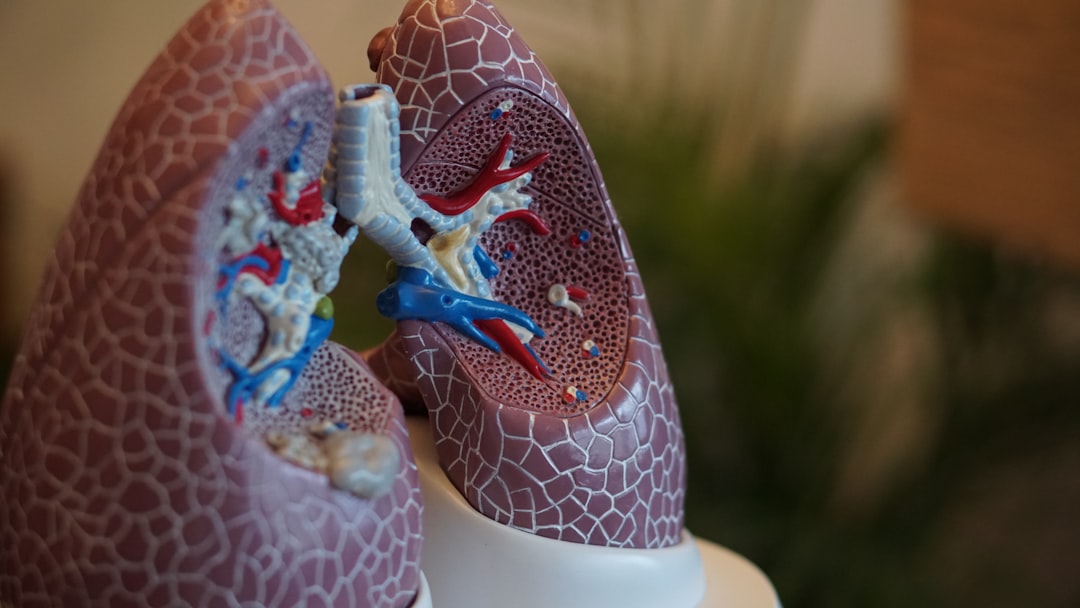Four Things That Could Be Causing Your Headaches that Massage Therapy May Fix

Photo by Vinicius "amnx" Amano on Unsplash
Headaches are extremely common. Nearly everybody has experienced one at some point in time, and it’s estimated that somewhere around 16% of the population gets them at least semi-frequently. When it comes to things like tension headaches, that statistic increases dramatically.
There are a plethora of reasons that headaches happen, from injury to illness, large or small. There is a common thread, however, and that is that nobody likes them. In fact, people tend to tolerate pain in the head and neck a whole lot less than they tolerate pain anywhere else on their body. They impede on your ability to think clearly, focus, and sometimes even see what’s in front of you, literally and metaphorically.
The most common types of headaches are…
- Tension headache
- Migraine
- Sinus headache
- Cervicogenic headache
- Cluster headache
Massage therapy is an efficacious treatment for headaches, of course, depending on the cause. If headaches come on out of nowhere, or come on after an injury or accident, or are very severe in nature, it’s important to check in with a doctor first to rule out any severe underlying issues. Once it’s established that it’s nothing life-threatening, conservative, non-invasive treatment can help.
Here are four things that can be causing your headaches that massage therapy may be able to fix.
Tension in the upper back and neck.
It’s estimated that somewhere around 80% of the population has experienced a tension headache before. When the muscles of the upper back and neck get tight, they restrict normal range of motion and often develop myofascial trigger points, or small, hyperirritable spots in the muscle tissue that refer pain elsewhere on the body. In the case of the neck and upper back, that other area would be into your head and face.
Most often, as an LMT, I see trigger points causing headaches from the trapezius muscles, or the large, superficial muscle that extends from the base of your neck to the outer edge of your scapulas, and down to the mid back, connecting itself along your spine all the way down. Trigger points in this muscle refer to the head, often traveling up the sides of the skull and circling around the ears to the temple, making a sort of question-mark shape with its path.
When people spend much of their days at a desk, as many jobs require these days, their posture often suffers, rounding the shoulders forward creating tension in the pectoralis muscles and pulling the trapezius into a “stretch-weakened” position. A curve in the upper back will also stretch out the traps, causing irratibility in this muscle and, ultimately, tension and trigger points that may end up causing a headache.
Other muscles that cause headaches are the suboccipitals, or the tiny muscles that connect the very top of your spine to the back of your skull, and the sternocleidomastoid, a muscle in the front of your neck that also gets pathologically shortened with poor posture.
A good massage therapist can find these points of tension, release the adhesions in the muscle tissue, and help you find the reasons that these muscles got angry in the first place.
Untreated Whiplash Injury
Were you in a fender bender a year ago and are still getting headaches that you hadn’t experienced before? It only takes about 10mph to trigger whiplash symptoms in many people, and sometimes the symptoms can last for months or even years after the initial injury if left untreated.
When whiplash happens, which can be from a car accident to a bad fall, your spine and head are dramatically extended then flexed into a position your spine can’t naturally achieve. This then causes your ligaments to become sprained and the muscles and tendons to strain. The splenius capitis muscle alone, or a neck muscle that helps you look up, can stretch to 125% of its natural physiological range, potentially causing a strain that will decrease your range of motion and cause pain in the head behind the eyes.
This can cause certain muscles to become tender to the touch, weak, and painful. Muscle damage can contribute to nerve entrapment, complicating things further. Sometimes, weirder symptoms like carpal tunnel syndrome or vision disturbances may occur from whiplash. Many states have what’s known as personal injury protection, entitling you to a certain degree of care post-accident, even if it was just a fender bender. Three to six months of conservative care can help heal soft tissue damage and prevent further pain and damage down the road.
Forward Head Posture
Many jobs these days entail spending time at a computer these days. Even if your job doesn’t require it, many people spend time at a computer for entertainment purposes, to communicate with friends and family, or because it’s how we can experience the world from the comfort of our own homes.
Consciously or not, many people will lean their heads in toward their screen, shortening the musculature of the front of your neck and reducing the natural C-shaped curve of the cervical spine.
Your Sternocleidomastoid, or SCM muscle, is a long, skinny superficial muscle that gets shortened when you begin to nosedive towards your screen, and the trigger point referral pattern goes right into the head. When this muscle is angry (my very technical LMT terminology), you will feel a headache present across the forehead just above the eyebrows, or behind your ears where the superior (top) part of the muscle attaches to your skull.
In addition to computer work, if your job leaves you susceptible to looking down (think building something with your hands that you focus downwards on for prolonged periods of time) this muscle also might be a problem, too.
Clenching your jaw, grinding your teeth
Bruxism, or clenching the jaw is a bad habit people get into when they are stressed, either consciously or unconsciously, and sometimes, it can turn into a very unconscious habit of grinding your teeth as you sleep. (I’ll leave the lectures about what it does to your teeth for the dentists). Usually, this is due to excessive stress or anxiety.
When you clench your jaw, the muscles that are working are your masseter, temporalis, and lateral pterygoids, all of which move around your mandible (your chin and jawline, basically).
When trigger points develop in these muscles, they refer pain to different parts of your face and head, sometimes around the eyes, teeth, and temples. Some people will even get ear aches and shoulder pain, as often the neck muscles will become involved in this gnarly habit as well. In severe cases, migraines can come from bruxism, too.
Massage therapy can help release tension and break up adhesions that build up in these muscles from the habit, although the habit itself is usually psychological. TMJ massage, as it’s called, is specific work done on the small muscles around the jaw and face, and some LMTs and chiropractors can also do what’s called intraoral massage, or massaging the muscles from the inside of your mouth. It may sound a tad invasive, but the relief you’ll get will be worth it!












If you enjoyed this article or recipe, please consider giving it a comment! It helps others discover my blog and recipes, and your comments always make my day :) Thank you for your support!
Your email address will not be published. Required fields are marked *